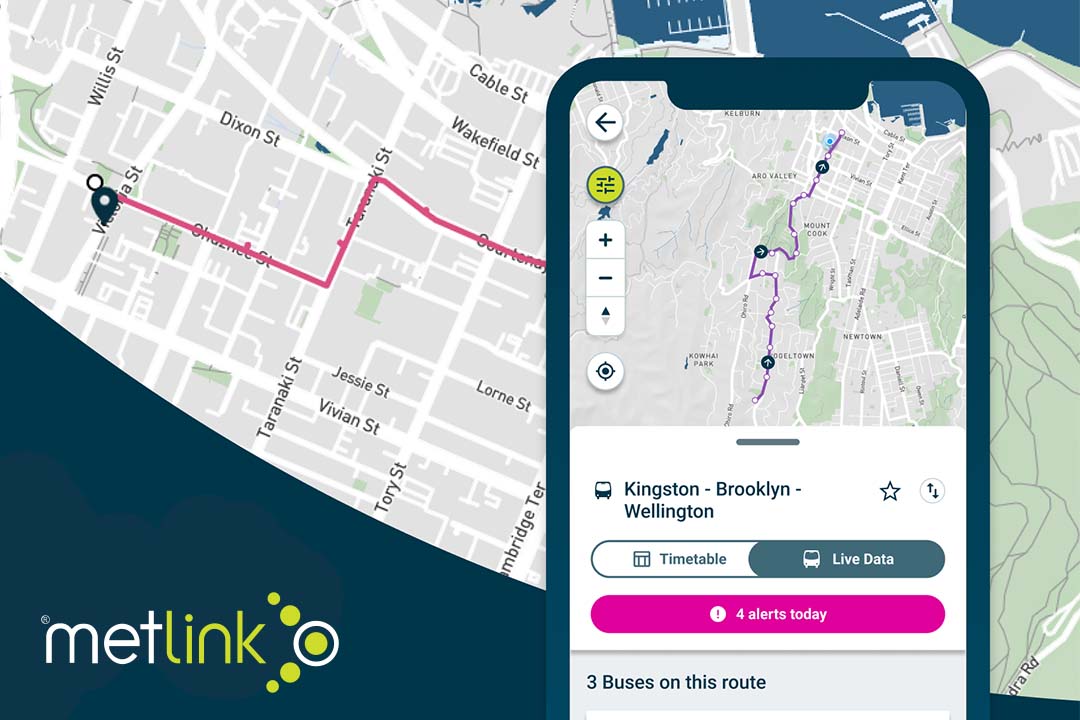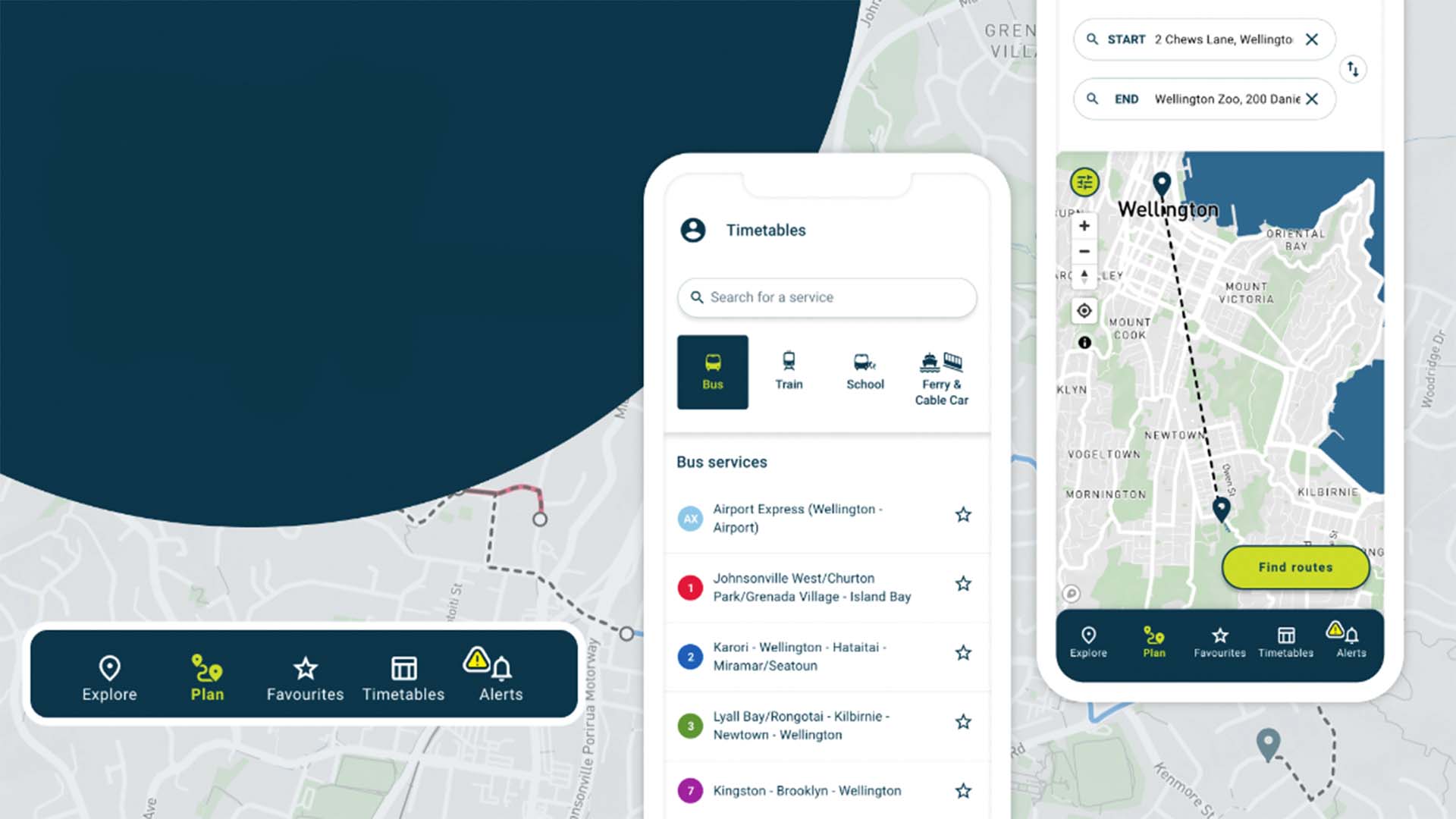Consistency in web design is key to crafting a cohesive and professional online presence. By ensuring every element of your website aligns with your brand identity, you create a seamless user experience. This uniformity not only strengthens your brand but also boosts user trust, engagement, and ultimately, conversion rates.
Understanding Consistency: What It Means in Web Design
Consistency in web design(external link) encompasses various aspects, including visual, functional, and content consistency. Each plays a vital role in ensuring your website is user-friendly and aligned with your brand.
Visual Consistency: Creating a Cohesive Look and Feel
Visual consistency involves using uniform colours, fonts, and design elements across your website. This includes consistent use of logos, icons, and imagery to create a cohesive look and feel. Visual consistency helps reinforce brand identity and makes your website aesthetically pleasing.
Functional Consistency: Ensuring Uniform Interactions
Functional consistency ensures that interactive elements, such as buttons, links, and navigation menus, behave predictably across your website. Users should not encounter different functionalities for similar actions, as this can lead to confusion and frustration. Ensuring uniform interactions enhances user experience and usability.
Content Consistency: Maintaining a Unified Voice and Style
Content consistency involves maintaining a consistent tone, style, and format across all your web pages. This includes using a uniform writing style, formatting headers and paragraphs consistently, and ensuring that multimedia elements, such as videos and images, align with your brand’s voice. Consistent content helps build credibility and trust with your audience.
Benefits of Consistency in Web Design
Consistency in web design offers numerous benefits that can enhance your website’s performance and user experience.
Improved User Experience
A consistent design ensures that users can navigate your website easily and intuitively. They know what to expect when they interact with different elements, which reduces frustration and increases satisfaction.
Enhanced Brand Identity
Consistency reinforces your brand identity by ensuring that every element of your website aligns with your brand’s visual and verbal style. This makes your brand more memorable and recognisable.
Increased Trust and Credibility
A well-organised and consistent website appears more professional, which helps build trust and credibility with your audience. Users are more likely to engage with and return to a website they find reliable and trustworthy.
Better Conversion Rates
Consistency can lead to higher conversion rates by providing a seamless and intuitive user experience. When users can easily navigate your website and find what they’re looking for, they are more likely to take desired actions, such as making a purchase or filling out a contact form.
How to Achieve Visual Consistency Across Your Website
Achieving visual consistency requires careful planning and the use of design guidelines.
Tools and Techniques for Ensuring Functional Consistency
Using design systems and style guides can help ensure that all elements of your website are consistent. Design systems provide a set of standards for design and code, while style guides offer detailed instructions on how to use design elements and content.
Best Practices for Content Consistency in Web Design
Establishing clear content guidelines is essential for maintaining consistency. This includes creating a content style guide that outlines tone, voice, and formatting rules. Regularly reviewing and updating content to ensure it aligns with these guidelines is also crucial.
Common Pitfalls to Avoid in Consistent Web Design
Avoid using too many different fonts, colours, and design elements, as this can create a chaotic and disjointed look. Ensure that all interactive elements behave consistently and avoid making drastic changes to your website’s layout or design without considering the impact on user experience.
The Impact of Inconsistent Design on User Trust and Engagement
Inconsistent design can lead to confusion, frustration, and a lack of trust. Users may find it difficult to navigate your website or may question its credibility. This can result in higher bounce rates and lower engagement levels.

Case Studies: Successful Examples of Consistent Web Design
Examining successful websites that demonstrate consistency can provide valuable insights and inspiration. Look at how leading brands maintain visual, functional, and content consistency across their websites to create a seamless user experience.
Over the last 10+ years Somar Digital has worked with Greater Wellington Regional Council to deliver a wide range of digital products for Wellington’s public transport network Metlink. These products include a website & App, digital signage, service alerts and printable timetables. Somar was able to work with Metlink(external link) to deliver products that maintained a level of consistency from a web design perspective.
A couple of the key benefits of this collaboration include:
- Enhances the overall customer experience by delivering clear, accurate, timely and uniform information across various touch points.
- Ensures consistency and accuracy of generated outputs.
The Role of User Experience in Consistent Web Design
User experience (UX)(external link) plays a significant role in consistent web design. A well-designed UX ensures that all elements of your website work together to provide a smooth and intuitive experience for users. This involves considering the needs and expectations of your audience and designing your website to meet those needs consistently.
Maintaining Consistency: Tips for Long-Term Success
Maintaining consistency over time requires ongoing effort and attention to detail. Regularly review your website to ensure that all elements remain aligned with your design guidelines. Update your design systems and style guides as needed to reflect changes in your brand or user preferences. Training your team on the importance of consistency and how to achieve it can also help ensure long-term success.
Key Takeaways for Consistent Web Design
Consistency in web design is essential for creating a cohesive, professional, and user-friendly website. By focusing on visual, functional, and content consistency, you can enhance user experience, reinforce brand identity, build trust, and improve conversion rates. Implementing design systems and style guides, establishing clear content guidelines, and regularly reviewing your website can help you achieve and maintain consistency. Prioritise consistency to create a website that meets the needs of your users and supports your business goals.




